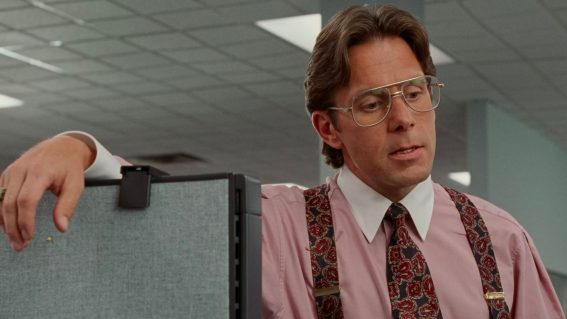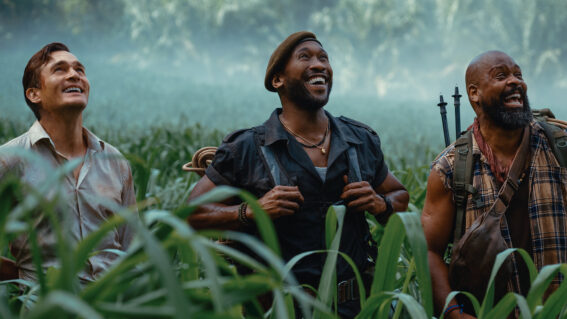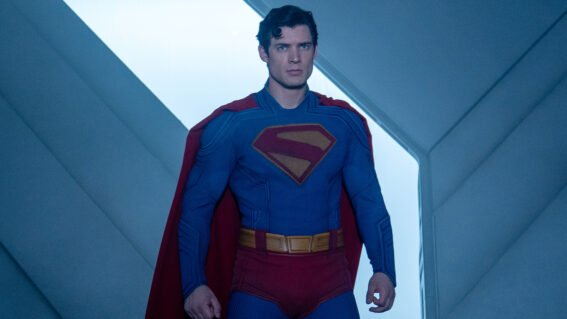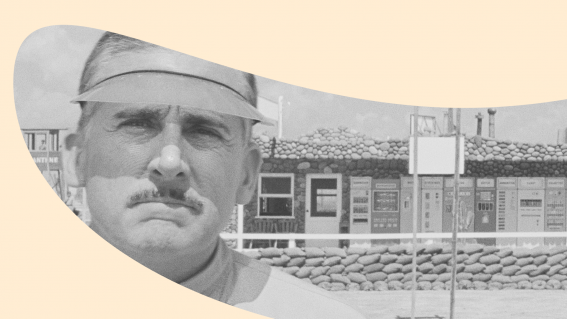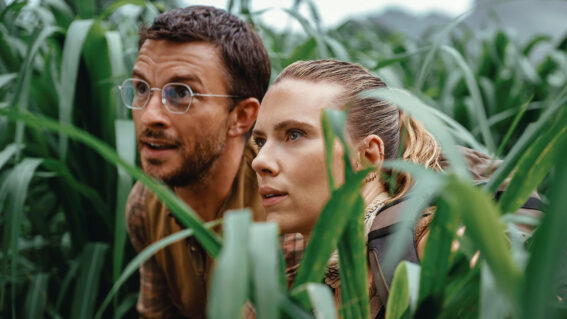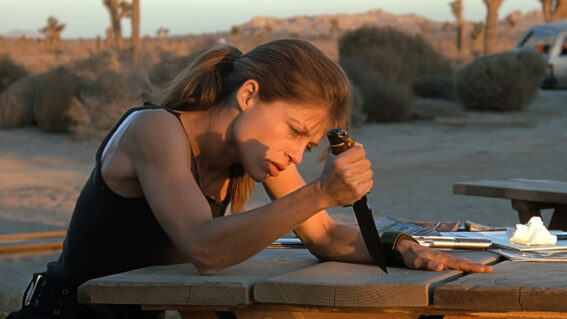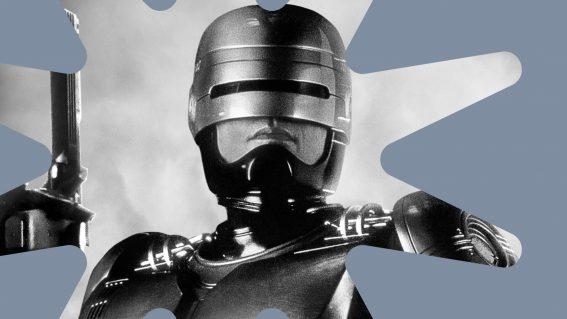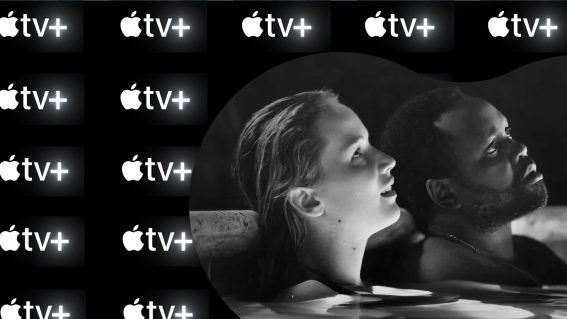Retrospective: 30 years and a new media landscape later, we’re all living in Wayne’s World
Party on, Wayne! Party on, Garth! Don’t forget to like, share, and subscribe!
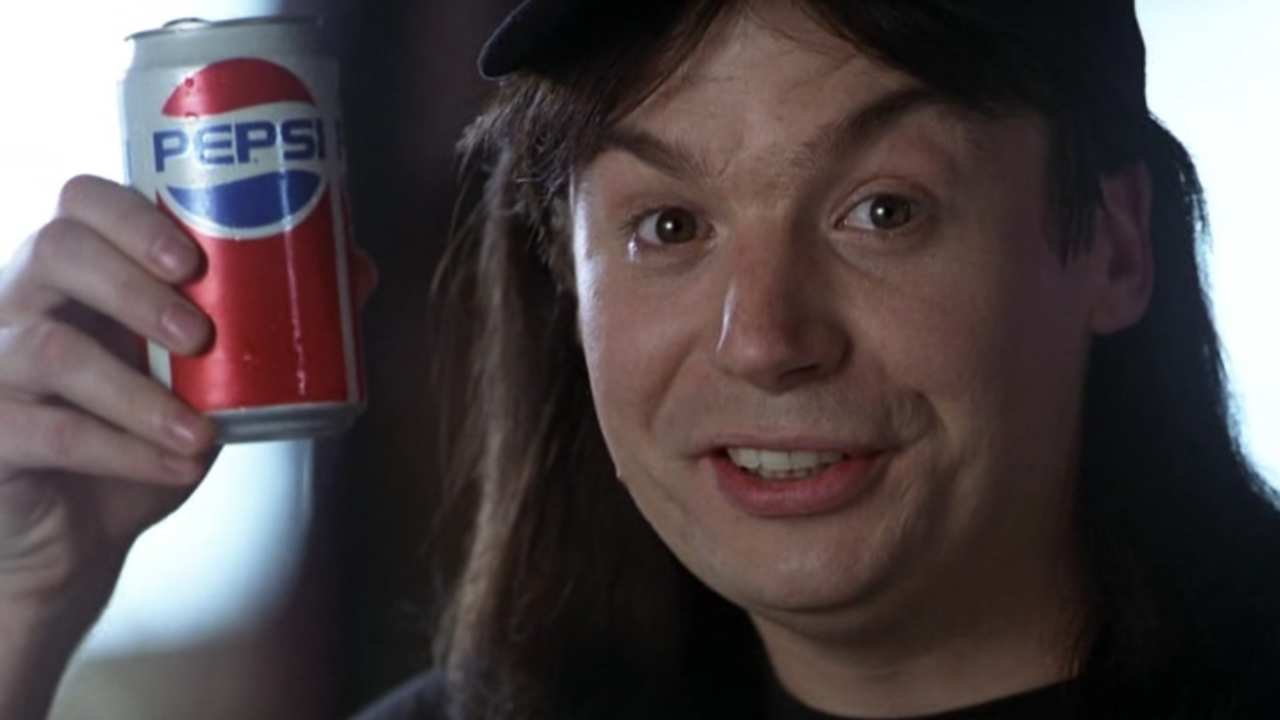
Travis Johnson gives a nostalgic “we’re not worthy” bow to Wayne’s World: the comedy just turned 30, and has some oddly prescient themes as a relic of public media.
Wayne’s World has turned 30! That makes me feel indescribably old. I loooooved Wayne’s World back in the day. It was the first movie I saw three times in the cinema, and there wasn’t even a cinema in my town. I didn’t know it was a Saturday Night Live spin-off, and didn’t care, but I responded strongly to its vibe, its goodwill, its sense of fun, its rockin’ tunes…
It was irreverent and rebellious, but in a weirdly warm and welcoming way—Wayne and his bros didn’t want to smash the state or tear down the system, but they might buy The Man a cruller at Stan Mikita’s Donuts and try to win him over.
What’s it about? Metal and public access television. Suburban teen metalhead Wayne Campbell (a pre-Austin Powers, pre-disappearing-off-the-cultural-map-completely Mike Myers) and his nerdy but equally music-obsessed best friend Garth Algar (MVP Dana Carvey) host the local community TV talk show Wayne’s World, which they film in Wayne’s basement. Wayne, in that fuzzy interstitial area between high school and real life, dreams of taking the show pro, but can’t figure out how.
In swoops sleazy TV producer Benjamin (Rob Lowe, on the cusp of everyone realising how funny he is), who promises fame and fortune but really wants to strip mine the show and give Wayne and Garth the boot (how this will profit him is unclear). He’s also making moves on Wayne’s new girlfriend, rock singer Cassandra (Tia Carrere). Can our heroes win out over the forces of corporate oppression and commercialisation?

Well, yeah, but the plot doesn’t really matter, nor does the verisimilitude of what we’re seeing. Wayne breaks the fourth wall all the time to clue us into what’s going on, and the film cheekily offers three different climaxes to choose from, while reminding us that none of it really matters—it’s just an excuse to string a bunch of jokes and bits of business, songs and set pieces together. And it works! Everyone’s here for a good time, and the jokes-per-minute rate is high enough that when one lands with a thud—and the odd clunker is inevitable—three more will be along in a minute.
The cast are game and amiable. Minor characters, like Lee Tergesen’s overly affectionate metalhead cameraman, or Ed O’Neill’s homicidal café manager, become indelible, vital parts of the fabric of the film, and the celebrity appearances, including Robert Patrick riffing on the previous year’s Terminator 2, Meat Loaf, Chris Farley, and Alice Cooper, are knowing and carefully woven into Wayne’s already-heightened reality. Hell, Cooper’s cameo, which starts with the shock rocker belting out “Feed My Frankenstein” and finishes with him delivering an erudite ad hoc lecture on the history of Milwaukee, is one of the best of all time.
And then there’s the Bohemian Rhapsody scene. Everyone loves the Bohemian Rhapsody scene.
At its best, Wayne’s World feels like an heir to the anarchic sensibilities that gave us The Beatles’ Help! And The Monkees’ Head. But it’s odd to watch Wayne’s World now, from a distance of three decades. Pop culture references and points of identification have faded as the world has moved on, and that’s true of any narrative work that’s clocked up a few years. Indeed, Wayne’s World doesn’t even reflect the pop culture of its time.
Nirvana’s breakthrough album Nevermind had dropped in September 1991, mere months before the film’s release, and signalling the shift from 80s hair and heavy metal to 90s grunge—Wayne’s World missed the zeitgeist by inches. Its setting of Aurora, Illinois, a friendly little ‘burg where everyone rocks out to bitchin’ tunes and even the local cop talks in an MTV patois, feels like its own pocket universe.

But it’s not just that. In 2022, the very concept of the Wayne’s World show-within-the-show is strange. The concept’s hook is simply the idea of two gregarious but not too bright teen rockers hosting a talk show on public TV—an outlandish idea that was funny in and of itself 30 years ago. The Wayne’s World segments on Saturday Night Live were largely repeated variations on that joke—Wayne and Garth would talk about their mundane lives and the babes they were crushing on, interview some celeb, mess around for the camera or what have you, and that was the bit.
But now that kind of thing isn’t a weird hook for a comedy sketch or a movie—it’s the world. Everyone’s a content creator, a producer, a podcaster, a Twitch streamer, or something similar now. TikTok may be the performance platform du jour right now, but it’s only the bleeding edge of 20 years’ worth of social media platforms, and that’s 20 years of people learning, consciously or not, how to comport themselves for public consumption.
The guileless, goofy joy of Wayne and Garth seems amateurish compared to the current crop of YouTubers, who carefully curate segments of their lives as product. Even something as benign as the “extreme close-up!” camera gag is meaningless to a generation of would-be influencers who are au fait with every possible filter, setting, and option on Insta. The laugh-out-loud “product placement” scene, wherein Wayne and Garth decry selling out to corporate interests while simultaneously shilling a ridiculous array of products, tastes differently in a world where a sponsorship or “creative partnership” is a big marker of success in the social media realm.
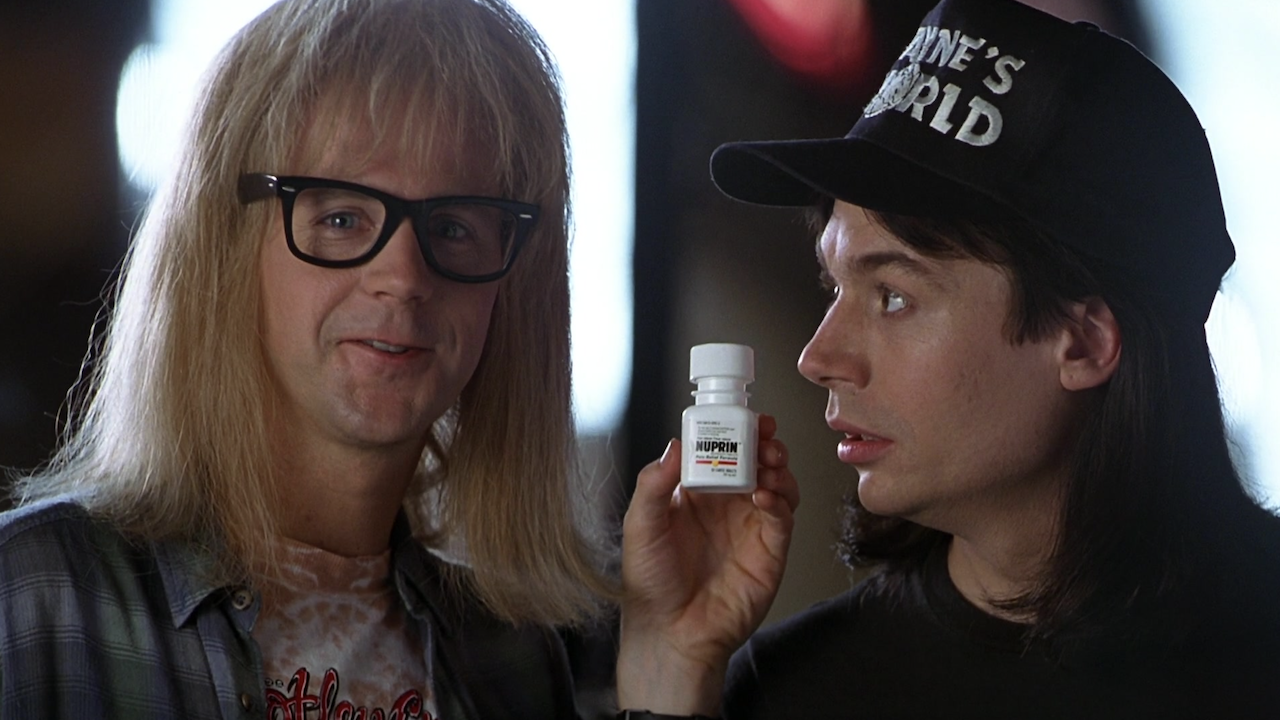
Which is not to say that things are any better or any worse (well, maybe a little worse); just that they’re different, and it’s interesting to look at movie from my youth and find it so out of step with the current media ecosystem. One improvement, however, is that the technology to make content has been democratised. Wayne Campbell had a whole TV studio jammed into his basement, and in itself that was part of the gag. Right now, everyone’s got a better studio in their hip pocket.
The media landscape is more crowded than ever, because the lines between creator and audience are breaking down—we’re all becoming both, we’re all watching and being watched, and we’re all competing for attention and having our attention fought for in turn, no matter what stratum of the online world we occupy. Wayne’s World may be dated, but it’s also prescient in unexpected ways. In 2022, we are all Wayne Campbell. Party on.









